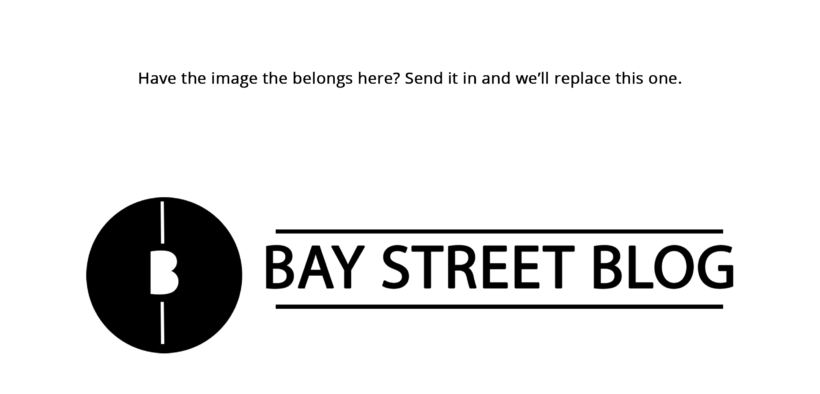Down payment Rules – Should I Wait for 20%?
Share

We hear a lot of homebuyers saving aggressively nowadays in order to facilitate a large down payment on a home. Many of them aim for the coveted 20% down payment as a means of avoiding high-ratio mortgage insurance (we’ll refer to it solely as CMHC for the purpose of this article). Their reasoning is that there’s no need to pay a premium for borrowing money, and CMHC is just another premium. Well, that’s not exactly the case. If someone has 19% saved and can easily push themselves to 20% then it makes perfect sense to do so. But what about people that currently only have 5%? 10%? 15%? CMHC becomes a much more feasible route at that point.
Originally, it was found that people could easily afford to carry a mortgage – the problem was that it was often difficult for families to come up with a down payment large enough to make the banks comfortable. That’s where CMHC came into play. They bridged the gap by allowing people to borrow up to 95% of their purchase while giving banks the security they needed in order to lend that high. So instead of looking at CMHC as penalizing someone for not having enough of a down payment, it is more accurate to say they help people with smaller down payments that would have otherwise not been eligible for homeownership yet.
But as is always the case with mortgages, let’s talk real numbers. Let’s imagine a client – we’ll call him Frankie Firsttimer – looking to purchase for around $400,000. Now imagine Frankie earns an annual salary of $65,000 and has enough savings to cover 10% ($40,000) plus closings costs. Frankie wants nothing to do with CMHC as there is a stigma behind paying a premium on a mortgage so he wants to put 20% down when he purchases. Let’s assume he can comfortably put away $650 per month into a savings account to bulk up his down payment. At this rate, it will take Frankie just over 5 years to save the remaining 10% of his down payment. In this time he may come into money through an inheritance, a raise, a return on an investment, the lottery, or some benevolent billionaire, which would all shorten his timeline. But let’s set that aside because there will also be rent payments, unexpected vehicle expenses, vacations, etc.
Purchase – $400,000
Down Payment – $40,000
Mortgage – $360,000
CMHC Premium (2.4%) – $8,640
Total Loan – $368,640
If Betty buys today, her mortgage payment will be $1,686 per month*. How does that compare to Frankie’s payment if he puts 20% down and avoids the premium? Let’s examine his scenario below:
Purchase – $400,000
Down Payment – $80,000
Mortgage – $320,000
CMHC Premium – $0
Total Loan – $320,000
Frankie’s monthly payment in this scenario could be as low as $1,293** depending on how he chooses to amortize. CMHC allows for a maximum amortization of 25 years whereas a non-insured mortgage can be amortized up to 30 years.
By just looking at monthly payments, Frankie is way ahead of the game because he’s borrowed less and didn’t have to pay a premium on his mortgage – a savings of almost $400 per month. But what about the last five years that Betty has owned a home and Frankie hasn’t? The Toronto housing market can appreciate by 5-12% per year depending on season, month, region, and property type. Let’s go with the more modest end of things and assume Betty’s home has only gone up by 5% per year. In the five years it’s taken Frankie to save his down payment, Betty’s home as appreciated to a market value of $510,500. She’s also paid down her mortgage by $55,445 meaning her net worth has increased by roughly $166,000 (not including her original down payment).
And as for Frankie? Well, the $400,000 home he was looking at five years ago has now appreciated out of his price range. So his $400,000 is going to get him less house/condo than it would have earlier. But again, let’s examine the numbers at the 5-year mark.
Betty’s situation after 5 years:
Property – $510,500
Mortgage balance – $313,195
Net worth – $197,305
Frankie’s situation after 5 years:
Property – $400,000
Mortgage balance – $320,000
Net worth – $80,000
If Frankie has lived with his parents all these years, the above numbers apply and that’s the end of it. But while Betty has been spending $1,686 per month in a mortgage, Frankie may very well have been spending $1,200 per month in rent without building any equity at all. This would mean he has paid $72,000 to his landlord in that time. While this won’t affect his net worth in the end, it is money that could have been better spent. This is, again, situational but rent should absolutely be accounted for when making decisions.
Each mortgage payment you make contributes to principal and each year you stay in your home contributes to appreciation. The above are very general examples but they perfectly illustrate the effect time can have on your biggest investment you’re possibly ever going to make. Bear in mind; over the last two decades, appreciation has reached record highs – much higher than the 5% used above – but there is no guaranteeing what the future holds.
So, should Frankie have waited? Well, the truth is people save at different rates and they realize appreciation differently from property to property. Income, rent, expenses, preferences, and careers can all change. But in the grand scheme of things, was waiting worth saving a few hundred dollars a month? No. Should Frankie have purchased when he had only 10%? Possibly. But the better question is; should he have allowed the stigma of CMHC to affect his buying decision? Absolutely not. He should have spoken with a professional who could have run these numbers for him and determined what sort of timeline would have worked best for his situation.
Why worry about a mortgage that is under 3% per year when your home appreciates at more than 5%? Conversely, why take the plunge when you can live more comfortably by holding off a year or two. This article is not intended to sway you either way, but instead to make you think. Take the time to examine these numbers. Be mindful of all factors that are going to influence your life over the next several years. Speak to a professional. But please, don’t allow stigma to be the one thing keeping you from an incredible opportunity.
* Mortgage payments calculated at 2.69% compounded semi-annually and amortized over 25 years.
** Mortgage payment calculated at 2.69% compounded semi-annually and amortized over 30 years.
Ben Sammut forms part of a father-son team working with Mortgage Architects in Toronto. Collectively their team has nearly 60 years of combined experience in the industry and handle over $100,000,000 in mortgage placement each year. He comes from a background in International Economics from the University of Ottawa and has been working in finance since graduation.
bensammut@mortgagegate.ca
Mortgage Architects
(c) 647-518-4669
(f) 1-888-575-4404
Disclaimer: All investing can potentially be risky. Investing or borrowing can lead into financial losses. All content on Bay Street Blog are solely for educational purposes. All other information are obtained from credible and authoritative references. Bay Street Blog is not responsible for any financial losses from the information provided. When investing or borrowing, always consult with an industry professional.






Bay Street Blog Newsletter
Click here to subscribe for a financial savvy experience.
Please check your email to confirm subscription!